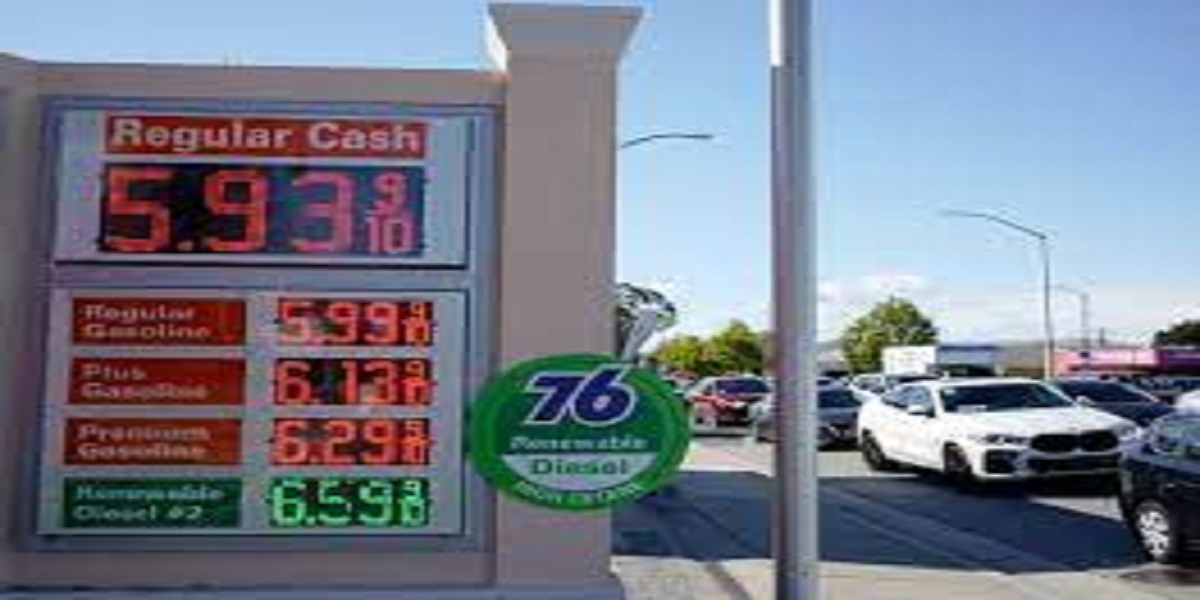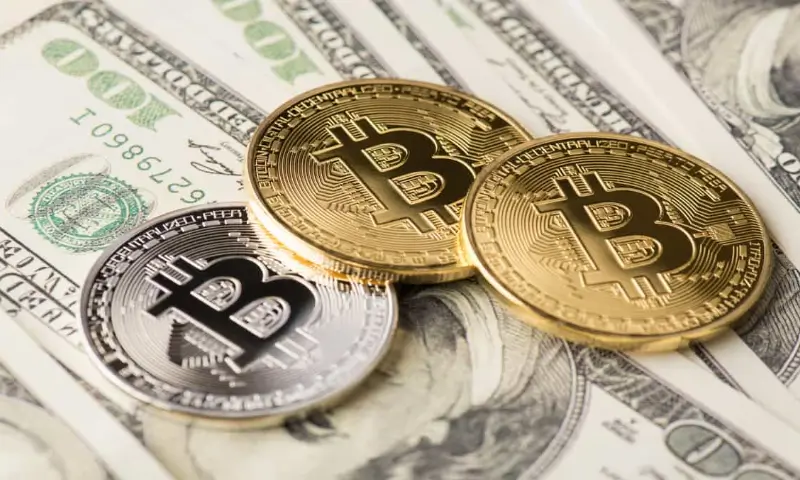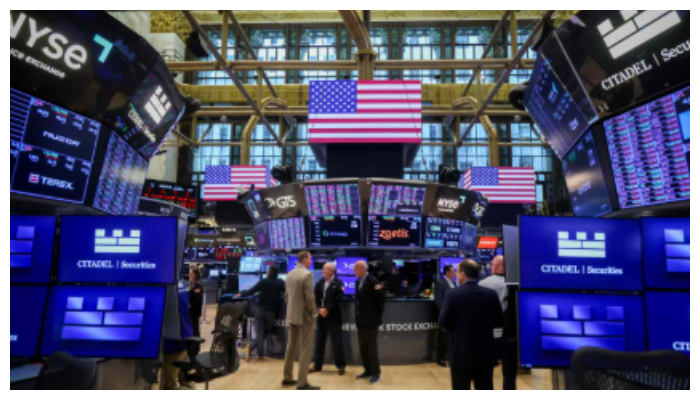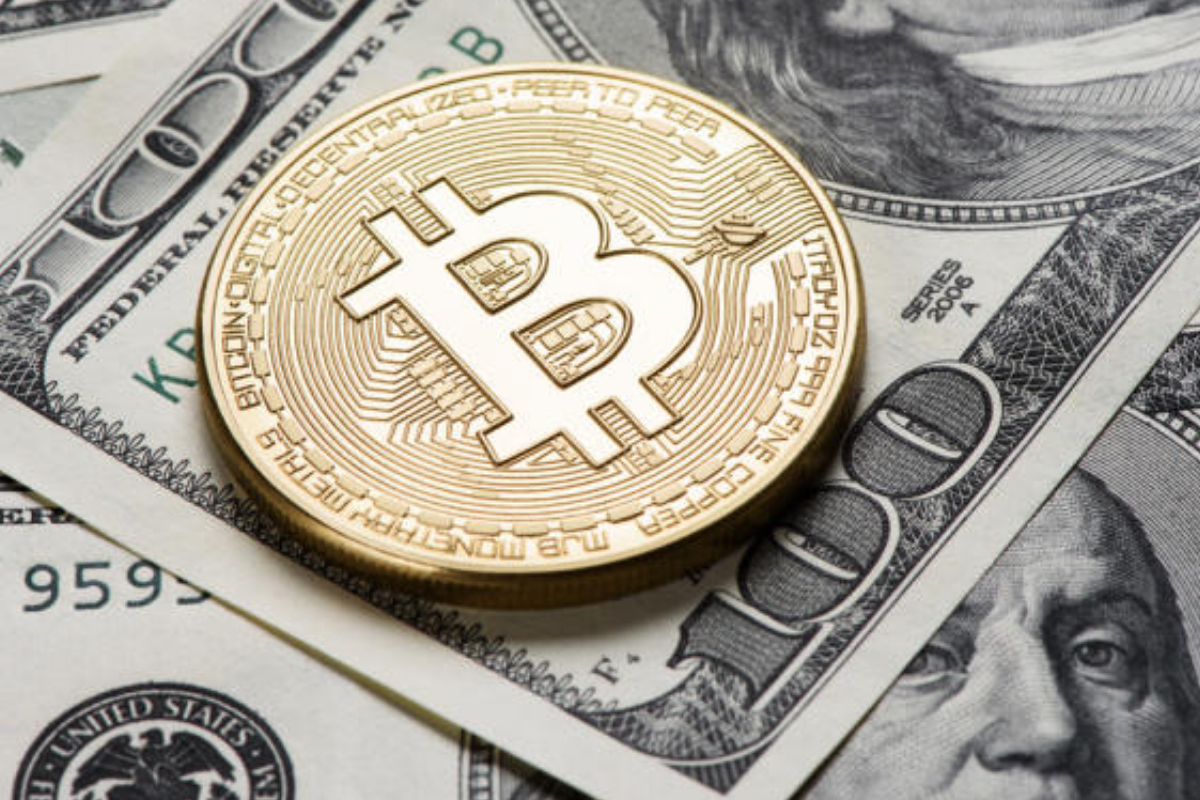The flood in gas costs is difficult to miss and at the highest point of customers’ psyches as boards report that gas presently costs $4, or $5, or even above $6 a gallon in certain spots.
With costs at record highs, Americans are feeling the effect at the siphon right away.
However, higher fuel costs are a headwind for the more extensive economy as well, past customers having less burning through cash.
The increasing expense of fuel, particularly diesel, implies that anything moved on a truck, train or boat is impacted.
Energy costs are a significant supporter of the many years high expansion numbers appearing, as costs for every possible kind of labor and products walk higher.
“Energy, as it were, is the smaller part manipulating everything else here,” Bob McNally, president at Rapidan Energy Group, expressed Wednesday on CNBC’s “Power Lunch.”
“Diesel is actually the monetary fuel. It’s the soul of the economy, transportation, power sometimes … so it truly is installed in financial movement and it’s separated through such countless labor and products.”
The flood in fuel costs is much appreciated, to a great extent, to the leap in oil costs.
Russia’s intrusion of Ukraine is the furthest down the line impetus to push rough higher, yet costs were at that point moving in front of the conflict.
Indeed, even before Covid, energy makers cut back on speculation and less productive tasks under tension from low costs and institutional investors requesting better yields.
Then, at that point, makers sliced yield further during the pains of the pandemic, when the requirement for oil based goods tumbled off a bluff. Individuals were staying put and organizations were covered, up to this point less fuel was required.
Request dropped so unexpectedly that West Texas Intermediate unrefined, the U.S. oil benchmark, momentarily exchanged negative region.
Economies have since returned, producing has resuscitated, and individuals are driving and flying once more.
This prompted a flood popular and an inexorably close oil market starting the previous fall.
In November, President Joe Biden tapped the Strategic Petroleum Reserve in an organized exertion with different countries, including India and Japan, with an end goal to quiet costs. Be that as it may, the alleviation was fleeting.
Russia’s attack of Ukraine toward the finish of February sent an all around delicate energy market faltering.
U.S. oil shot to the most elevated level beginning around 2008 on March 7, beating $130 per barrel. Russia is the biggest oil and items exporter on the planet, and the European Union depends on it for gaseous petrol.
While the U.S., Canada and others prohibited Russian oil imports soon after the intrusion, the European Union said it couldn’t do as such without adverse outcomes.
Presently, the alliance is attempting to work out a 6th round of approvals against Russia that incorporates oil, in spite of the fact that Hungary is among those pushing back.
Oil has since withdrawn from its post-attack highs yet remains immovably above $100.
To place that number in setting, toward the start of 2022 a barrel of unrefined brought $75, while as of now last year costs were nearer to $63.
The quick ascent in oil and subsequently fuel costs is causing a migraine for the Biden organization, which has approached makers to siphon more. Oil organizations are hesitant to bore in the wake of promising capital discipline to investors, and chiefs say that regardless of whether they needed to siphon more they just can’t.
They’re confronting the very gives that are working out across the economy, including work deficiencies and rising costs for parts and unrefined components, for example, sand, which is vital to deep earth drilling creation.
Oil costs make up the greater part of a definitive expense for a gallon of gas, yet it’s not the sole variable. Charges, circulation and refining costs likewise impact costs.
Obliged refining limit is starting to assume a bigger part. Refining is the key advance that transforms unrefined petroleum into the oil based goods customers and organizations utilize day to day.
How much oil that purifiers can process has fallen since the pandemic, particularly in the Northeast.
In the interim, oil based commodity sends out from Russia are being hit by sanctions, leaving Europe searching for substitute providers.
Purifiers are running almost at full limit, and break spreads — the distinction between purifiers’ expense of oil and the cost at which they sell their items — for diesel are presently at record levels.
These elements are pushing gas costs higher.
The public normal for a gallon of gas hit a record $4.589 on Thursday, as indicated by AAA, up from $3.043 right now a year ago. The numbers are not adapted to expansion.
Each state is currently averaging more than $4 per gallon interestingly on record, while California’s statewide normal is presently above $6.
Diesel costs are soaring higher as well. Retail diesel costs hit a record-breaking high of $5.577 a gallon on Wednesday, up 76% throughout the last year.
Families are presently laying out $5,000 each year on fuel, as indicated by Yardeni Research, up from $2,800 a year prior.
Request obliteration, or the level at which exorbitant costs impact buyer conduct, from flooding fuel expenses probably won’t have set in yet on a wide scale, however the effects are sifting all through the economy.
More exorbitant costs at the siphon mean less burning through cash in buyers’ pockets as well as extending costs for organizations, some or all of which will later be given to shoppers.
Target is one of the organizations wrestling with greater expenses. Portions of the store chain cratered 25% on Wednesday — the single most awful day starting around 1987 — following Target’s income results, during which it cautioned about inflationary tensions.
“We didn’t expect the quick moves we’ve seen throughout the course of recent days.
We didn’t guess that transportation and cargo expenses would take off the manner in which they have as fuel costs have ascended to all-time highs,” Target CEO Brian Cornell expressed Wednesday on the organization’s quarterly profit call.
He let CNBC know that higher fuel and diesel costs will be a generally $1 billion gradual expense during the financial year and a “huge increment that [Target] didn’t expect.”
Chiefs from Walmart offered comparative remarks. “[F]uel costs sped up during the quarter quicker than we had the option to go them through, making a timing issue,” Walmart President and CEO Doug McMillon expressed Tuesday during the retailer’s first-quarter income call.
“Fuel ran more than $160 million higher for the quarter in the U.S. than we determined.” McMillon added that throughout the quarter the organization made “progress matching evaluating to the inflated expenses.”
Work vehicle Supply chiefs noticed that homegrown and import cargo costs have expanded “significantly” over the course of the past year and said they anticipate that those patterns should persevere all through 2022.
″The expense to transport an abroad compartment has dramatically increased contrasted with pre-pandemic rates, and the expense of fuel is roughly one and a half times higher than it was even a year prior,” Amazon noted during its quarterly update.
Beast Beverage chiefs said the organization experienced “critical expansions in the expense of deals comparative with the similar 2021 first quarter essentially because of expanded cargo rates and fuel costs.”
The aircraft business is additionally feeling the effect, as stream fuel costs — particularly on the East Coast — flood.
Southwest Airlines noticed that it saw a “huge ascent in market fly fuel costs” over the last quarter, while United Airlines CEO Scott Kirby let CNBC know that assuming the present stream fuel costs hold it will cost the carrier $10 billion a bigger number of than in 2019.
Sway Biesterfeld, CEO at C.H. Robinson, summarized it.
“The test that sits before us, notwithstanding, is actually the rising and record cost of diesel fuel, which tremendously affects generally cargo valuing,” he expressed Wednesday on CNBC’s “End Bell.”
To place the flood in setting, he said that a transporter will presently need to pay near $1,000 more than last year in fuel expenses to move a shipment from Los Angeles toward the East Coast.
“That is a genuine tension on inflationary expenses,” he said.
Looking forward, specialists say that request obliteration could be the main thing to suppress rising fuel costs.
John Kilduff, accomplice at Again Capital, said a $5 public normal is possible for the bustling driving season between Memorial Day weekend and the Fourth of July.
“It seems [the public average] needs to go higher,” he expressed Wednesday on CNBC’s “Screech on the Street.” “Last week we saw gas request shoot up to what is regularly late spring type levels … there’s more potential gain here.”
Kilduff highlighted two key elements prodding interest notwithstanding exorbitant costs: repressed request after the pandemic, and a solid work market, and that implies that individuals will pay what they need to land to their position.
Andy Lipow, leader of Lipow Oil Associates, said he accepts the public typical will top at somewhere in the range of $4.60 and $4.65.
He noticed that the auction in stocks has hauled gas fates lower, which could prompt some brief respite for buyers at the siphon.
Yet, petrol is likewise utilized in a ton of customer items, particularly plastic, and that implies regardless of whether gas costs briefly cool, costs across the economy could stay raised assuming oil remains high.
Rapidan’s McNally said now it will take a downturn to get control over item expansion.
“It’s anything but a cheerful figure. Be that as it may, [gas prices] simply need to go higher, on the grounds that there is no sign yet of genuine interest capitulation … they will go higher until that occurs,” he said.





















